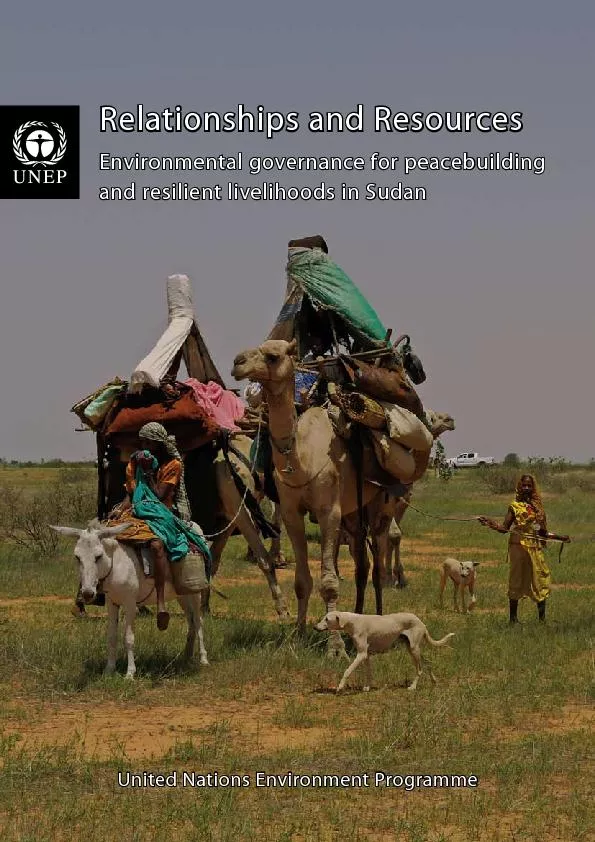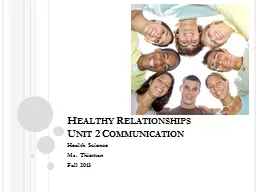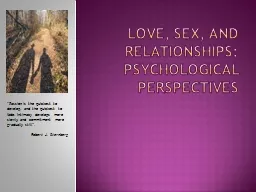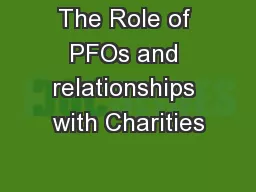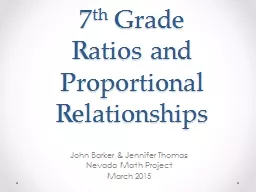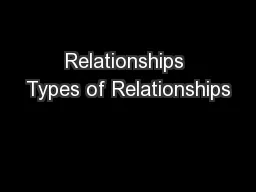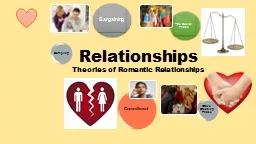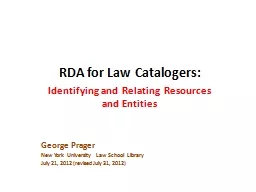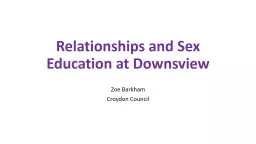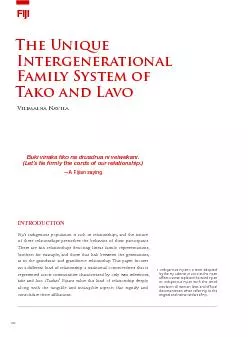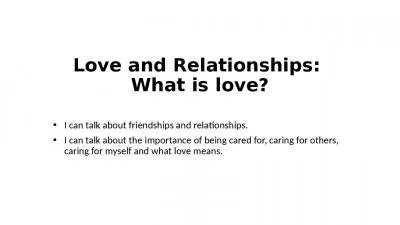PDF-Relationships and Resources
Author : trish-goza | Published Date : 2016-07-21
Environmental governance for peacebuilding and resilient livelihoods in Sudan United Nations Environment Programme First published in June 2014 by the United Nations
Presentation Embed Code
Download Presentation
Download Presentation The PPT/PDF document "Relationships and Resources" is the property of its rightful owner. Permission is granted to download and print the materials on this website for personal, non-commercial use only, and to display it on your personal computer provided you do not modify the materials and that you retain all copyright notices contained in the materials. By downloading content from our website, you accept the terms of this agreement.
Relationships and Resources: Transcript
Download Rules Of Document
"Relationships and Resources"The content belongs to its owner. You may download and print it for personal use, without modification, and keep all copyright notices. By downloading, you agree to these terms.
Related Documents

